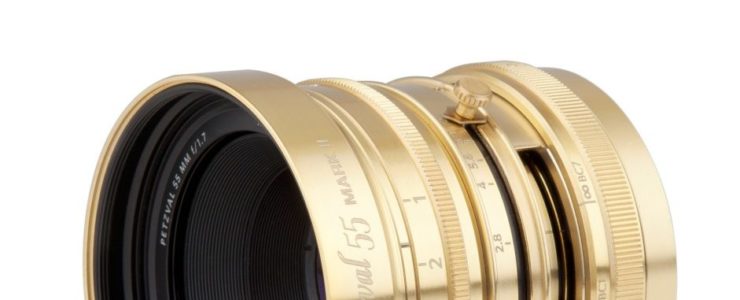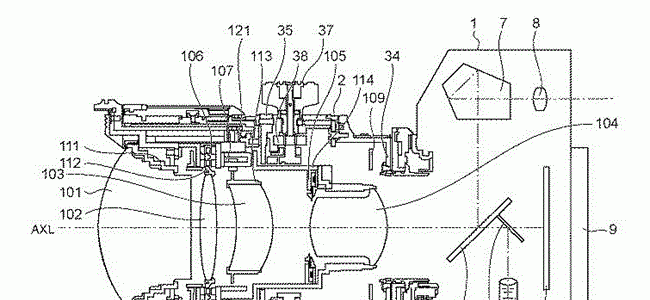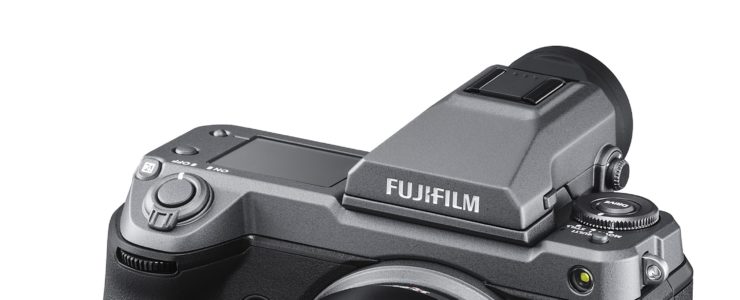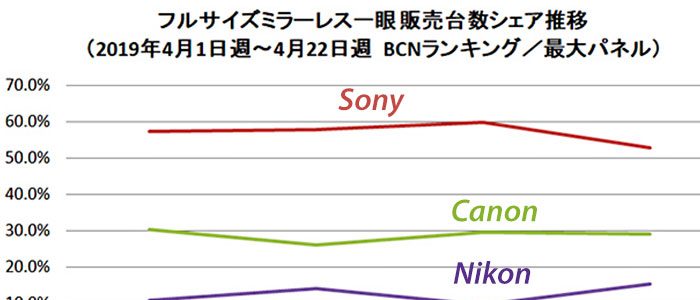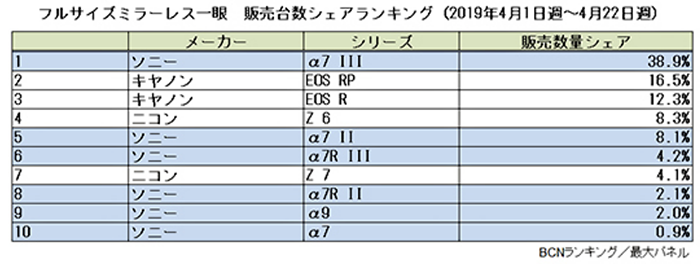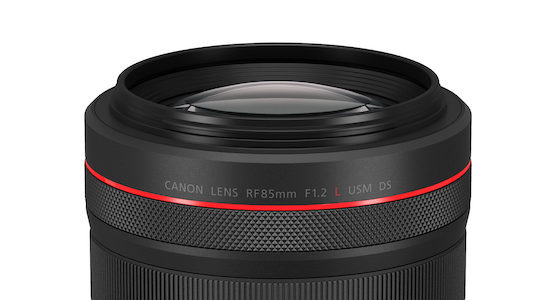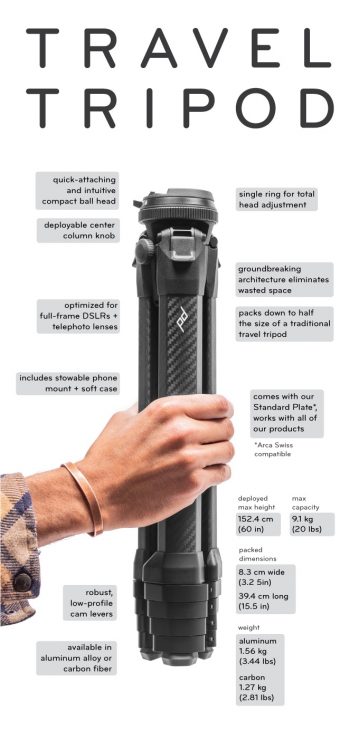Follow us:
Announced: Petzval 55mm f/1.7 MKII Lens for Canon EOS R (and other FF MILCs)
Lomography announced the Petzval 55mm f/1.7 MKII lens for Canon EOS R, Nikon Z and Sony E full frame mirrorless systems. The Petzval 55mm f/1.7 MKII will go on sale starting at $399.
Press release:
New Petzval 55 mm f/1.7 MKII Brass
Sporting a solid, satin-finished exterior, the Petzval 55 mm f/1.7 is sure to turn heads and keep them turned for years to come. Available with Sony E, Canon RF and Nikon Z mounts!
The First Petzval Designed for Mirrorless
We are introducing the first Petzval Art Lens built specifically for full-frame mirrorless cameras. Coming standard with mounts for Canon RF, Nikon Z and Sony E – the New Petzval 55 mm f/1.7 has been streamlined with a robust, modern build quality and requires no pesky adaptors.
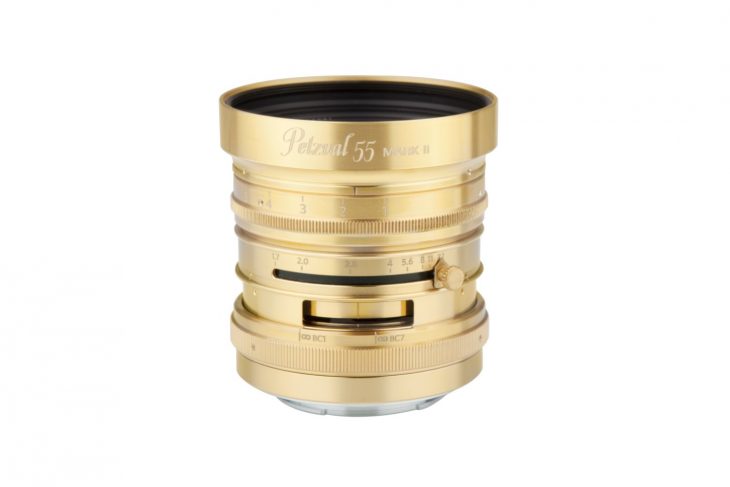
Dual Aperture System
The brass edition features an 8-blade diaphragm aperture system regulated by a control knob, providing it with both authenticity and a vintage feel. On top it hosts a classic waterhouse aperture system allowing to tweak the bokeh with exceptional shapes.
Engineered Harmony
Featuring a new bokeh control ring, improved optic design and dual aperture system – you can manually manipulate your shots to achieve any desired style. The New Petzval 55 mm f/1.7 offers reliability and top-tier professional quality without sacrificing its vintage styling.
A Tribute to Joseph Petzval’s Legacy
Preserving the vintage quality and feel while boasting the uniformity and compatibility of present-day technology, we’ve combined the legendary 180 year old aesthetic with the dependability of today’s lenses.
Improved Bokeh Control – Deliciously Dreamy to Strikingly Sharp
Rather than changing the aperture to modify the bokeh effect, the New Petzval 55 mm f/1.7 includes a dedicated bokeh control ring – an improvement that gives this lens more flexibility than any other traditional lens.
Rest-assured with the New Petzval 55 mm f/1.7 brass edition, you will be in possession of an art lens of the highest quality. Known for their robustness and durability, brass lenses are sought-after for the classic aesthetic they embody. The Petzval 55 mm f/1.7 brass edition is no exception – sporting a solid, satin-finished exterior, it’s sure to turn heads and keep them turned for years to come.
Along with classic brass, the Petzval 55 mm f/1.7 comes in a brass coated with a sleek, painted-black finish, as well as the modern looking, black-anodized aluminum edition. All finishes are compatible with Canon RF, Nikon Z and Sony E mounts, be sure to choose the option that fits your equipment.

